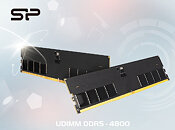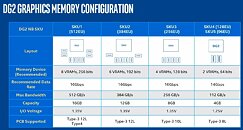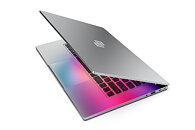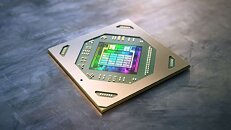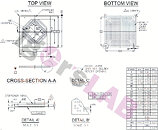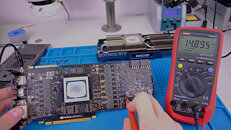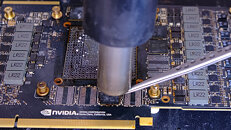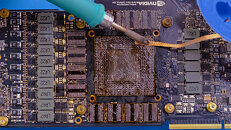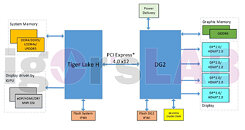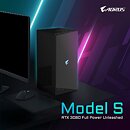
ASUS Republic of Gamers Premieres ROG Phone 6D, Built Around MediaTek's Dimensity 9000+ SoC
ASUS Republic of Gamers (ROG) today premieres Dare to be Ultimate: Building a World-Leading Gaming Phone, the design story video that reveals the genesis of the new ROG Phone 6D series of gaming smartphones. The ROG Phone 6D and ROG Phone 6D Ultimate are powered by the latest flagship MediaTek Dimensity 9000+ 5G chipset. Clocking up to 3.2 GHz CPU speeds, and boasting up to 16 GB of LPDDR5X RAM and 512 GB ROM of storage, the Dimensity 9000+ chipset provides flagship 5G experiences, perfect for mobile gamers.
"The pursuit of the ultimate performance and gaming experience has always been central for the ROG Phone. With each iteration, we consistently strive to surpass ourselves, achieving the spirit of For Those Who Dare," said S.Y. Hsu, Co-CEO, ASUS. "We are thrilled that this first collaboration with MediaTek has achieved such stunning performance, and we will continue to strive for continuous performance improvements."
"The pursuit of the ultimate performance and gaming experience has always been central for the ROG Phone. With each iteration, we consistently strive to surpass ourselves, achieving the spirit of For Those Who Dare," said S.Y. Hsu, Co-CEO, ASUS. "We are thrilled that this first collaboration with MediaTek has achieved such stunning performance, and we will continue to strive for continuous performance improvements."

























